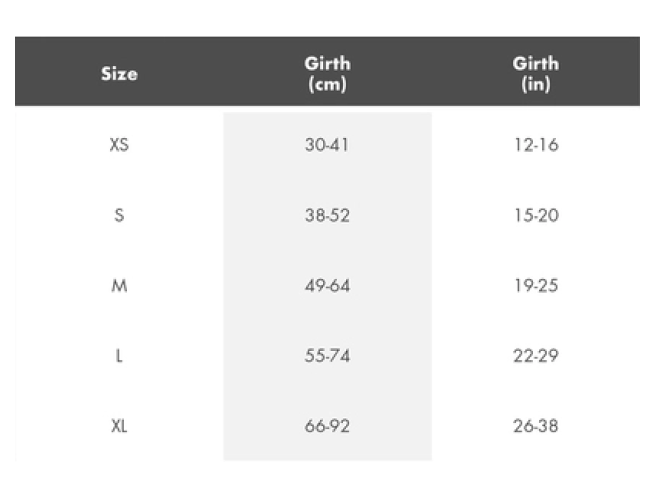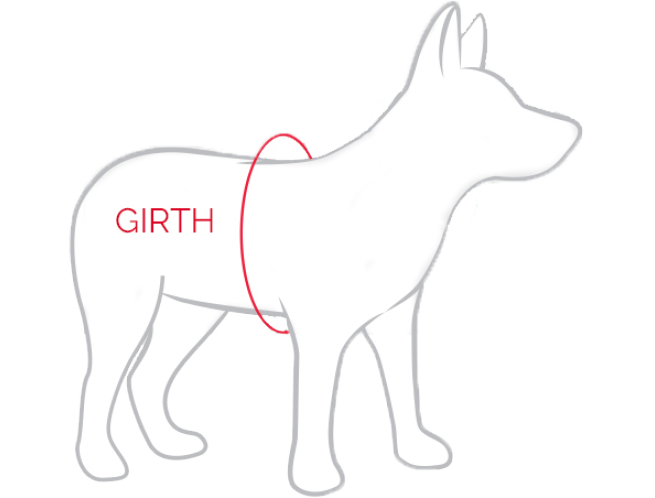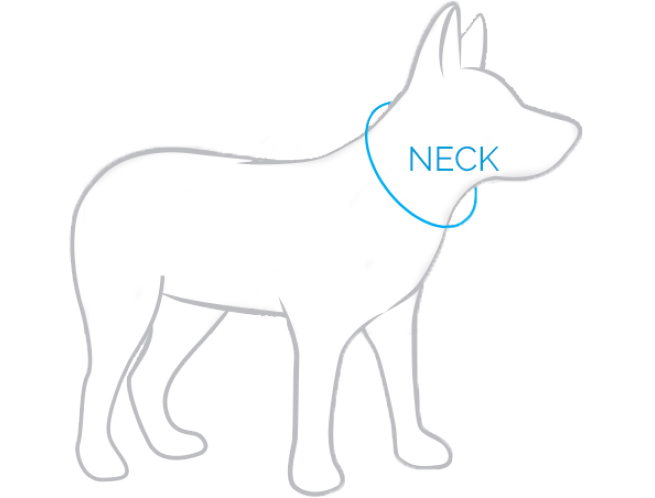We use cookies to make your experience better. To comply with the new e-Privacy directive, we need to ask for your consent to set the cookies. Privacy Policy
How To Measure Your Dog For A Harness
How to Measure Your Dog for a Harness
When you and your dog are out walking there is nothing more important than ensuring your dog is comfortable, supported, and pain-free. Many owners opt for a collar and lead combination for simplicity, but for those of you who use a harness for that extra level of support, you’ll want to make sure it is fitted correctly. This will ensure your dog is getting the most out of their walk and you’re getting the highest level of control over your dog.
To correctly fit your dog for a harness, the only thing you’ll need is a soft measuring tape. If you don’t have one, you can use a piece of string and a regular ruler.
How to Measure Your Dog’s Chest
The chest measurement of your dog, or the girth, is the first measurement you’ll need to take. To measure your dog’s chest, put the measuring tape around the widest part of your dog’s torso, usually just behind the front legs. When wrapping the tape measure around the torso of your dog you’ll want it to be snug, just like the dog harness would be, but not too tight or too loose. As a rule of thumb, we say as a minimum you should be able to place two fingers within the girth region of the harness. We would also recommend two fingers distance from the armpit, as this avoids the straps rubbing against the armpits and causing irritation.
How to Measure Your Dog’s Neck
The next measurement should usually be taken around the lower part of your dog’s neck, as this is where the harness is going to sit. This sometimes depends on the style of the harness, so be sure to check where it will sit on your dog’s neck first. When measuring the neck of your dog, simply measure the widest part at the base of the neck and take a note of the measurement. Again, this should be snug, but not too tight or too loose – again using the two finger rule, similar to the harness.
How to Fit a Harness to Your Dog
As we mentioned before, you want your harness to fit your dog snugly without being too restrictive, or loose enough that your dog can slip out. This will provide the right balance between comfort for your dog and safety and control for you. Fitting your harness will vary depending on the style, but there are three main types of harness and fitting them is usually very similar.
Front Clip Harnesses and Back Clip Harnesses
These two types of harnesses are often fitted to your dog in the same way, the main difference being the location of the clip to attach a lead.
- Gently ease your dog’s head through the main hole in the harness
- Adjust the positioning of the harness to ensure the clip is either central on your dog’s back or central on the chest of your dog, depending on where the clip for the lead is
- With everything in position, fasten all the clips or buckles ensuring the harness is nice and snug
Step-in Harnesses
Step-in harnesses are fitted slightly differently as they require your dog’s legs to go in first, rather than their head.
- Loosen all straps and buckles and lay the harness down on the floor
- With the harness on the ground, carefully step your dog’s front legs into the front holes of the harness
- Starting with the neck strap, make sure all clips or buckles are fastened and secure
How tight should a dog harness be?
Now that your dog is in the harness, you want to adjust all the straps to ensure it fits correctly. Your dog’s harness should fit snugly enough that there’s no chance they could slip out and get away but should leave enough room that your dog is comfortable every time they are wearing it.
Don’t forget the rule of thumb - two fingers between your dog and the harness will ensure your dog is safe and comfortable at all times.
How to Measure a Puppy for a Harness?
If you need to measure your puppy for a harness it’s almost the exact same process as measuring an adult dog for one, there are just a few things you want to keep in mind.
Growth rate. Puppies grow up fast! When picking a harness for them you have to remember it might not fit them for long, so opt for styles that are adjustable where possible.
Body proportion. Puppies have short legs in comparison to their body – keep this in mind when choosing a harness.
Measure Twice! Puppies have a lot of energy and they’re likely to move around and wiggle while you’re trying to take a measurement. Take three measurements and use the average to be on the safe side.
EzyDog Chest Plate Harness Size Guide
Our Chest Plate Harness is our best-selling harness and provides ultimate support and comfort for your dog.
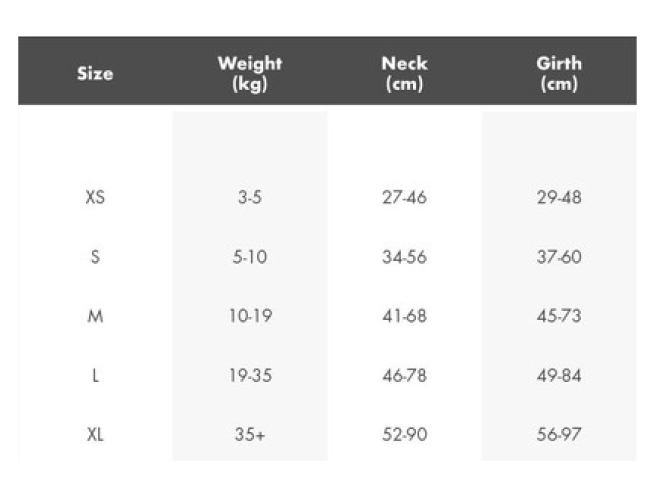
EzyDog Quick Fit Harness Size Guide
The Quick Fit combines the control of a dog harness with the simplicity of a collar and can be fitted in seconds.
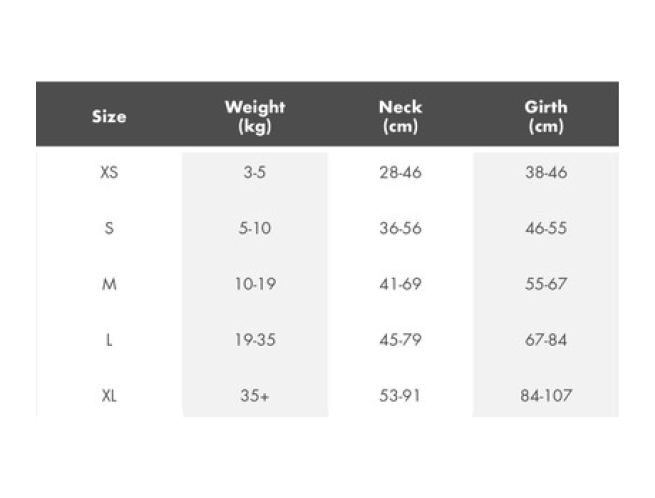
EzyDog Convert Harness Size Guide
The Convert Harness is a versatile harness built for all outdoor adventures and weather conditions, with the ability to add saddlebags for longer walks.
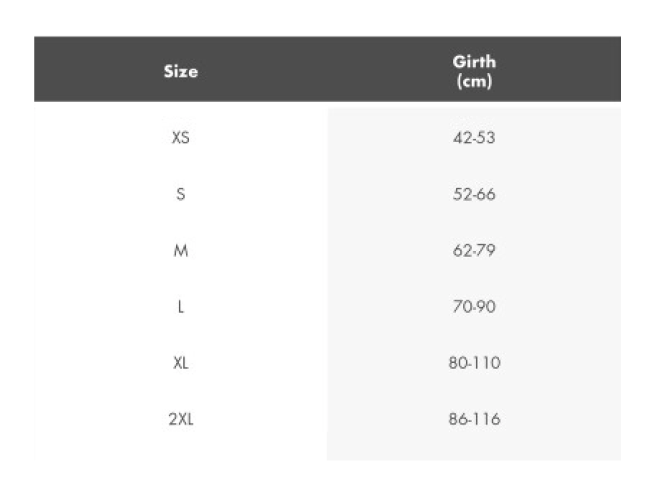
EzyDog Crosscheck Harness Size Guide
The Crosscheck Harness utilises our patent pending girth checking system to alleviate pulling, making it the perfect dog training harness.
